Reflections from our Catalyst 14 Gathering 2021
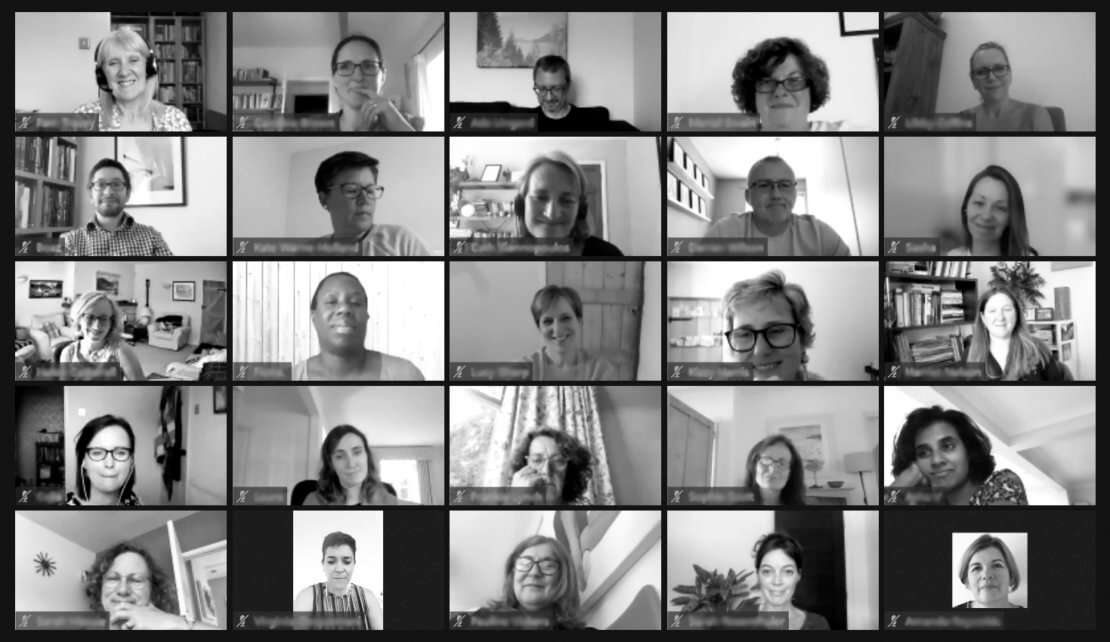
There is no power for change greater than a community discovering what it cares about.
Margaret J. Wheatley
Our annual Gathering and CPD event took place on the 16 July 2021, and our team is still resonating from the energy our community of coaches created on the day.
We feel very proud of Catalyst 14’s community and how — in the midst of everything we are currently facing — around 100 participants came together for this day to focus on their own development as professional coaches.
At the end of the event, the following word cloud was created that reflected the participants’ experience of the day:
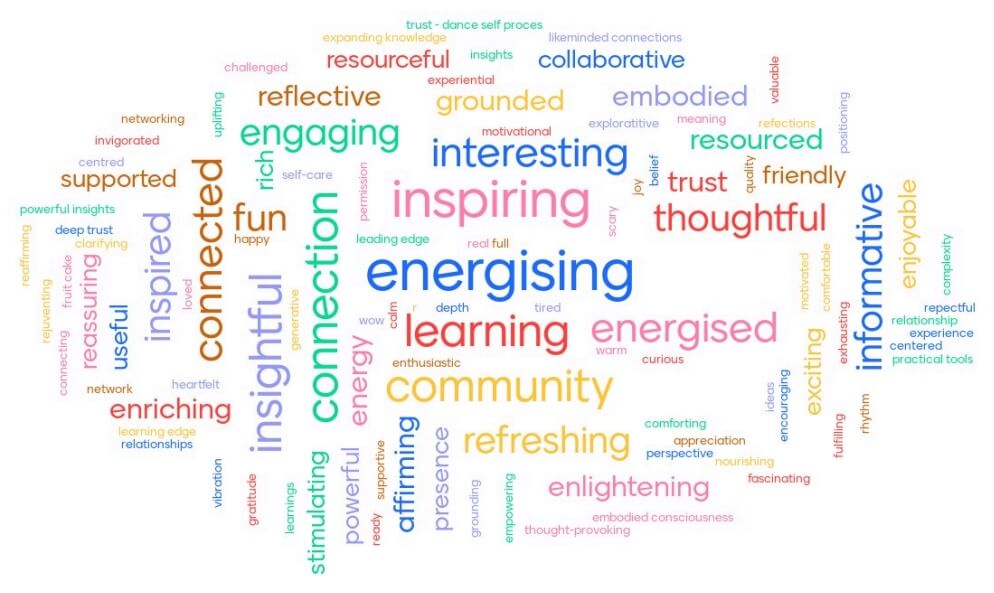
A big thank you to everyone that attended and helped create such an inspiring day and of course to our Faculty and team too.
Following the event, we wanted to share with you some of the key learning points from each of the 9 CPD sessions that were delivered:
Coaching Teams for Better Dialogue with Sarah Rozenthuler
- Contract with the team to welcome ‘uncomfortable moments’— differences of opinion within the team often lead to richer dialogue.
- From any pre-intervention interviews (diagnosis stage) identify sentence stems to help surface honesty and more open conversations within the team – e.g. “The key challenge for the team is ……….”. These can be used to warm up the team as an initial intervention.
- ‘Dialogue’is the flow of meaning that comes through words – it is something that unfolds, has dynamism and energy.
- Support team members to understand the importance of suspending ‘our point of view’ – if not suspending in a dialogue, we’re often defending our position.
- Good conversations within the team need all voices (see Kantor’s model of Move – energy of creating clarity and direction | Follow – energy of support, enthusiasm and telling someone you have their back | Oppose – energy of respectful challenge and playing devil’s advocate | Bystand – the energy of bringing a wider perspective).

Mapping the Territory of Team Coaching with Dr Alison Hodge
- The team coaching landscape is complex, alive and moving.
- The landscape can be mapped – the parts of the map have different levels of relative importance in different teams and at different times.
- Working on how we (as coaches) are in groups helps us enable others working in teams.
- It is easy, but unhelpful, to be overambitious as a coach.
- Supervision in team coaching is imperative – to work through the complexity, the dynamics and how you (as a coach) are in groups.
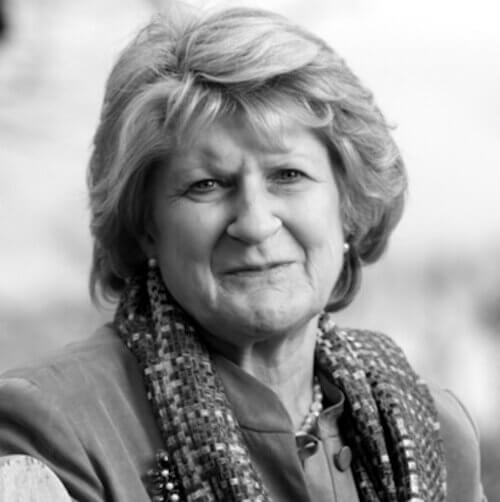
Becoming a Team Coach with Chris Sheepshanks
- Think about your own relationship with groups and teams — what are your patterns and behaviours?
- Ask yourself “why do I want to do this?”. It’s important to be clear about what your purpose is in becoming a team coach.
- Team coaching is a combination of facilitation, team skills training, team building and team learning with a generous helping of support and challenge.
- Many of the skills you have as a 1to1 coach will serve you well working with teams.
- Remember you are not there to fix the team.
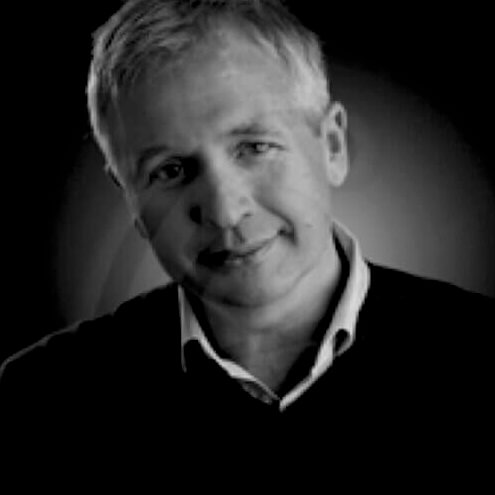
The Whole is Greater than the Sum of Its Parts — Sometimes! Group and Team Dynamics with Judith Firman
- Connectedness is key.
- “The room is big enough for everyone.”
- The quality of the relationship is equal to the quality of the conversation.
- Helpful model for team coaching in terms of the potential dynamics is the IAC model = Inclusion, Assertion, Collaboration – demonstrates the psychological needs of the team at each stage.
- Set the journey towards collaboration.
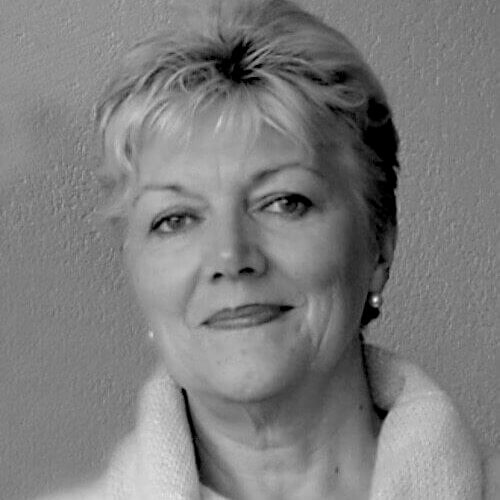
Systemic Team Coaching and Social Presencing Theatre with Jenny Mackewn
- In order for the transformation process to happen, we often need to let go of something (often place of resistance) to let the future come (Theory U).
- Impact of getting teams out in nature during a team coaching intervention – listening to the silence greater than self to listen to the wisdom we need for transformation.
- Explored Social Presencing Theater — an embodied method for change created by the Presencing Institute, under the direction of Arawana Hayashi, that enables individuals and groups to make their current situations visible, reflect on their potentials and blind spots, and allow them to move into a saner more compassionate future.
- Experienced activities from Social Presencing Theatre (SPT)including stuck activities – for more information see this video, where Arawana Hayashi explains and demonstrates stuck activities: https://youtu.be/Ze9xO5o4R_8 (begins: 53:57, ends: 1:06:24).
- Applications of Social Presencing Theatre to Team Coaching – e.g. Introduce to the team to the 4 Ways of Knowing conceptually and experientially, Design a workshop for a team to intentionally go through the five phases of the U process – using all 4 Ways of Knowing and integrating some SPT activities – exploring stuckness.
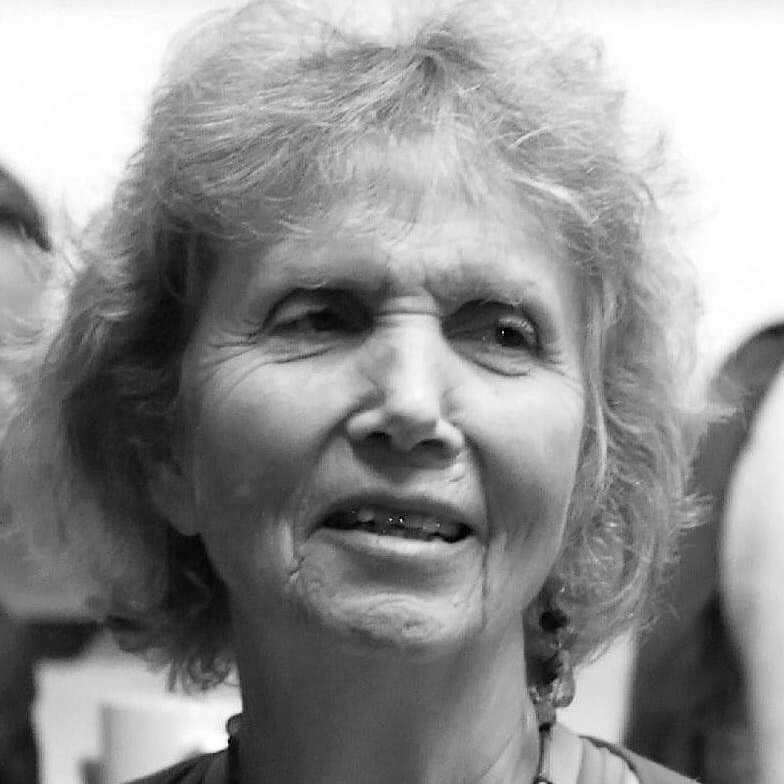
Time to Thrive: Creating The Adaptable Team with David Webster
- What beliefs and assumptions do you have about teams from your own formative experience? Consider how these will both support and challenge you as a team coach.
- Humans are inherently social — we seek out others for affiliation and to get things done. It is hard to think about any significant invention, achievement or idea that hasn’t resulted from teamship.
- Teams need to slow down to speed up, in order to focus on what they will do and how they will do it.
- Teams typically spend much more Deciding and Taking Action than Reflecting and Creating Shared Meaning. The lack of time spent in Reflection and Shared Meaning significantly impacts the quality of team decision making and therefore the quality of the action they take.
- It is important for teams to pay close attention to endings and beginnings (such as team members leaving and joining).
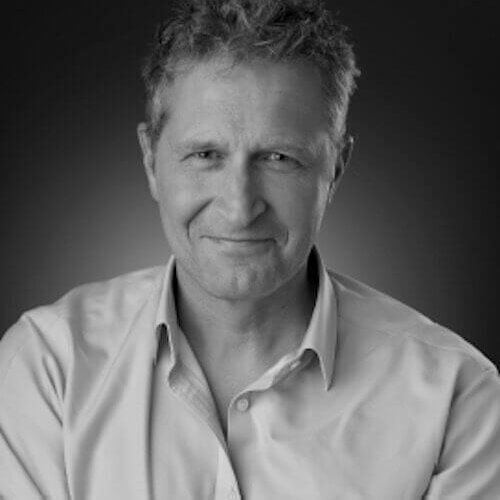
Team Coaching Presence with Monica Ross and Damion Wonfor
- The success of the intervention depends on the inner being of the intervener.” — Otto.C.Sharmer. Consideration of the complexity of what we are holding as team coach – us, individuals, team, wider system and how all our insecurities, habits and patterns are dialled up when we are with a group / team.
- The Team Coach’s Presence holds a quality of mindfulness made up of the of 1) Flow – a state of relaxed concentration, fully engaged, an expanded awareness of what is emerging within the coach, team – internally and externally. 2) Being – A deep understanding of what is being experienced / what is happening in any moment and from this understanding the ability to act. 3) Intentionality – acting with a clear intention (Who is this for / What is this for) and courage to help the team achieve its purpose.
- Understanding of our reactive patterns – when we are impacted through the lens of TA Working Styles / Drivers and how these patterns are experienced somatically.
- The Window of Choice (from Wendy Palmer and Janet Crawford) — demonstrating the speed in which the body is acting before the conscious brain can consider whether that action is advisable.
- The importance of ongoing practice to deepen and sustain our presence – e.g. centering techniques. This is similar to weaving a parachute every day rather than trying to find it when we are falling out of a plane (already in free fall).
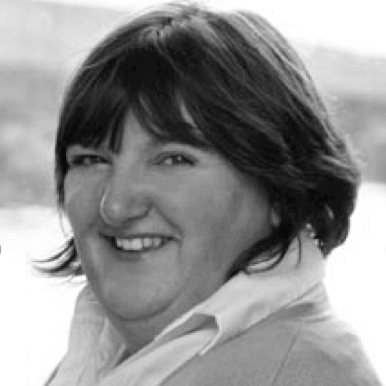

Internal Team Coaching with Clare Allen and panelists Leslie Brodie, Bryan Sampson and Harriet Nelson
- It’s normal for it to be a challenge: recognising others are facing similar challenges and an appreciation that bringing team coaching into organisations can be tricky and is a path of lots of small steps and experiments.
- Go with the energy. Make team coaching accessible for the organisation to engage. Go where the energy is and start small to support teams where they need it…avoid making it big and heavy so therefore harder for a team to initially engage with.
- Be pragmatic and keep it simple – feel less precious about holding very tightly to a definition of team coaching. As long as you know what ‘hat’ you have on and for what purpose, the business may not need to know or care if you are team coaching, team facilitating or team building.
- Build the psychological safety: this is critical to build within the team and part of this journey can with the initial 1:1 diagnostic interviews which start to build awareness of the work to come.
- Remember the ABC’s: as with 1 to1 coaching, ‘Always Be Contracting’ – as a team coach this includes ongoing conversations with the team, the team leader and with your co-team coach if you are working as a pair.

Building your own Coaching Business with Sherwyn Singh
- Give people an experience of how you work as you market and sell to them. You want them to realise what it is like to work with you.
- You can be of service in the sales process — you can serve people by being interested in their challenges.
- If you put more intent into your sales process and get more joy from it, it will transform the process for you.
- What questions could your potential client be asking internally in their organisation to help them get clearer what their needs are? Help them understand why they want to work with you.
- Consider how technology can support you with building your business and supporting your clients.
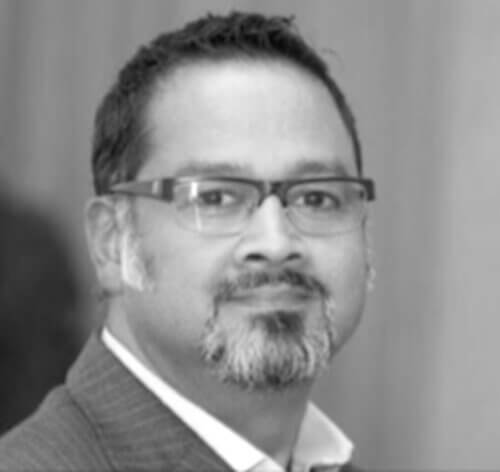
Save the Date!
Our next virtual Annual Gathering and CPD event will take place on 30 June 2022, we hope you can make this. The theme will be ‘Flourishing’ and we will be delivering various experiential CPD sessions for coaches on topics from positive psychology. More information will be released shortly – please see our CPD Day page for more information.
Get free coaching and mindfulness resources
Join our community for free and get a host of free resources, including our guide to becoming a professional coach, access to our coaching webinars, a free mindfulness e-kit and much more.
